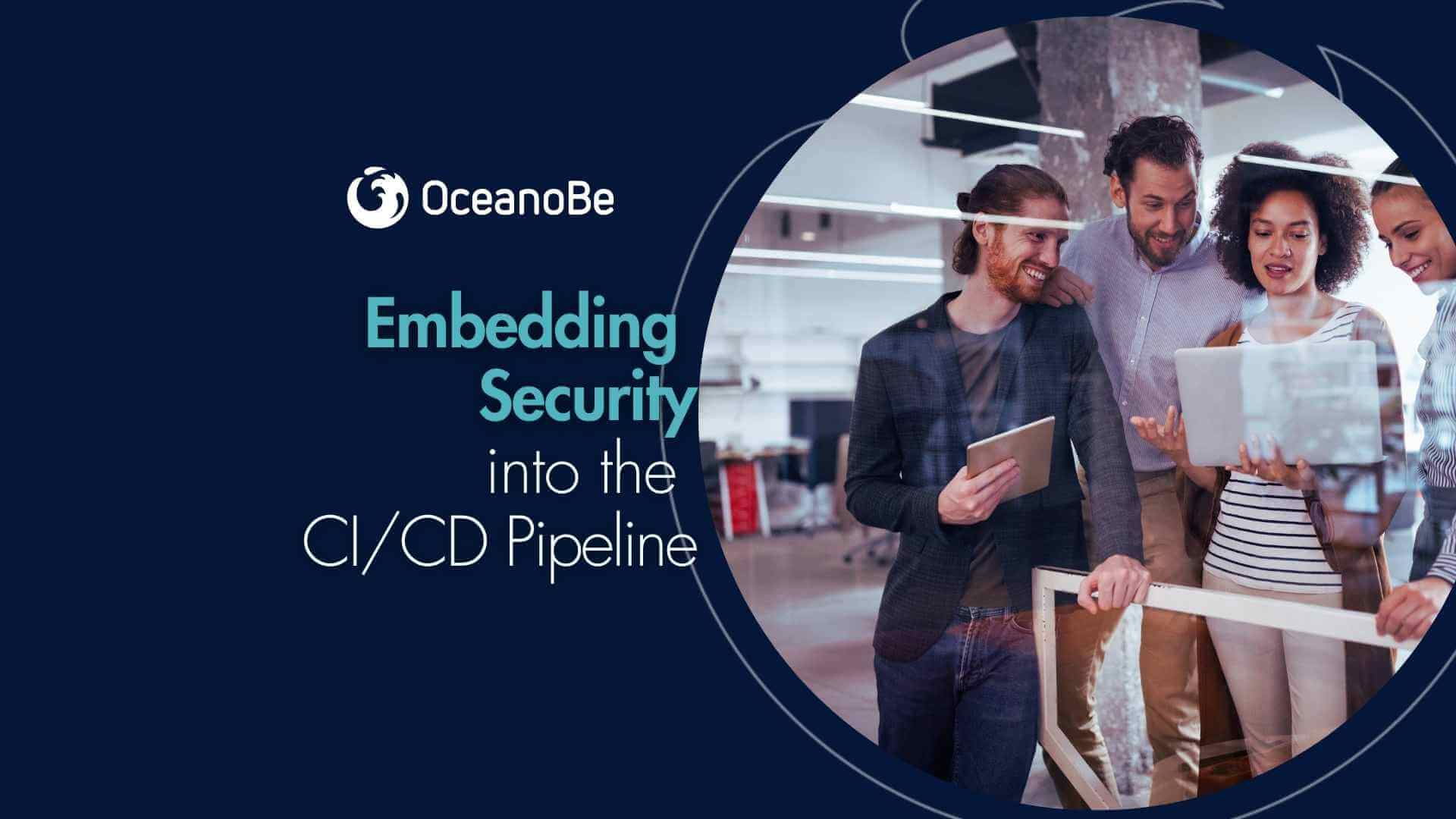Embedding Security into the CI/CD Pipeline
DevSecOps at Scale
DevSecOps at Scale

In banking and fintech, security is not just a requirement—it’s a market differentiator and a regulatory mandate. At the same time, teams must move fast, shipping new features and updates without sacrificing compliance. This is where DevSecOps comes in: embedding security into the CI/CD pipeline so that every commit, every build, and every deployment undergoes automated checks that balance velocity with resilience.
Scaling DevSecOps, however, is not trivial. It requires well-chosen tools, a consistent governance model, and integration patterns that ensure security is built into the workflow—not bolted on afterwards.
In this article, we’ll walk through how to scale DevSecOps in fintech and banking, covering automated scans, compliance enforcement, and secure environments.
Financial institutions operate under tight constraints: PCI DSS, PSD2, GDPR, SOX, and more. Manual checks don’t scale when dozens of teams push code daily. A small oversight—like an unpatched library or a misconfigured container—can result in breaches, fines, or worse, erosion of customer trust.
DevSecOps shifts left: moving security to the earliest stages of the development cycle. By integrating checks into the CI/CD pipeline, organizations detect vulnerabilities before they ever reach production, reducing cost and risk dramatically.
Static Application Security Testing (SAST): Runs at build time to analyze source code or compiled binaries for insecure patterns, such as hard-coded secrets, unsafe SQL queries, or insecure API usage.
Dynamic Application Security Testing (DAST): Simulates real-world attacks against a running instance of the application—catching vulnerabilities like XSS, CSRF, or injection flaws.
In fintech, combining SAST and DAST provides a dual layer of defense—code-level prevention plus runtime assurance.
Third-party libraries and containers are common attack vectors. Tools like OWASP Dependency-Check, Trivy, or Snyk can scan for CVEs in packages and Docker images, enforcing “no vulnerable dependency” policies at build time.
Fintech pipelines must reflect regulatory requirements. With policy as code, compliance checks can be automated:
Ensuring encryption libraries meet standards.
Rejecting builds that don’t pass PCI DSS rules.
Verifying logging and audit trails exist.
Frameworks like Open Policy Agent (OPA) integrate directly with CI/CD, enforcing policies consistently across teams.
Credentials in config files remain one of the top causes of leaks. Integrating HashiCorp Vault, AWS Secrets Manager, or Azure Key Vault ensures that sensitive information is never hard-coded or exposed in pipelines.
DevSecOps doesn’t stop at deployment. Security telemetry from production—like intrusion detection logs or anomaly monitoring—should feed back into development. This way, teams not only deploy securely but also learn from live environments.
Implementing DevSecOps in a single pipeline is manageable. Scaling across dozens of teams and hundreds of services requires structure.
A shared platform ensures teams don’t waste effort selecting or configuring tools. Provide pre-built CI/CD templates with embedded scans and policies.
Train developers to understand security reports, prioritize fixes, and write secure code. DevSecOps is not just about tools—it’s about culture.
Not all applications carry the same risk. Core transaction services may require stricter controls (multiple scans, peer reviews), while internal dashboards can adopt lighter policies.
In banking, “stop the pipeline” is not always viable. Automate exception approval processes—allowing urgent patches to be released while still logging and reviewing deviations.
A typical pipeline in a fintech environment may look like this:
Commit & Build
Developer pushes code.
Pre-commit hooks scan for secrets.
Build triggers automated SAST and dependency checks.
Test & Validate
Unit and integration tests run.
DAST runs on deployed test environments.
Policy checks enforce compliance (PCI DSS, GDPR, etc.).
Deploy & Monitor
If scans pass, deployment proceeds.
Monitoring agents feed back into dashboards.
Alerts trigger rollbacks or escalation if anomalies are detected.
This workflow ensures every release undergoes multilayered security without slowing down delivery.
False Positives: Automated tools often raise noise. Mitigate by tuning rules and prioritizing vulnerabilities based on risk.
Pipeline Slowdowns: Security checks can add minutes to builds. Solve this with parallelization, caching, and targeted scans.
Cultural Resistance: Developers may see security as “extra work.” Embedding it into workflows and giving clear, actionable reports is key.
From our experience in banking and fintech projects, security is never a side concern—it’s embedded into every line of code and every deployment. We’ve helped clients design pipelines that run full vulnerability scans, enforce compliance, and still deliver features at scale.
Our approach:
Build canonical DevSecOps templates tailored to financial regulations.
Use automation-first practices to reduce human error.
Ensure cost-effective scalability by integrating lightweight checks where appropriate, and deeper scans where risk is higher.
The result? Faster delivery cycles that never compromise on trust or compliance.
DevSecOps at scale is the future of financial software development. By embedding security into CI/CD pipelines, banks and fintechs can move quickly while maintaining compliance, resilience, and customer trust.
The takeaway is simple: security should be invisible to end users, but embedded deeply into the development process. With the right tooling, culture, and governance, DevSecOps becomes not a barrier—but an accelerator.